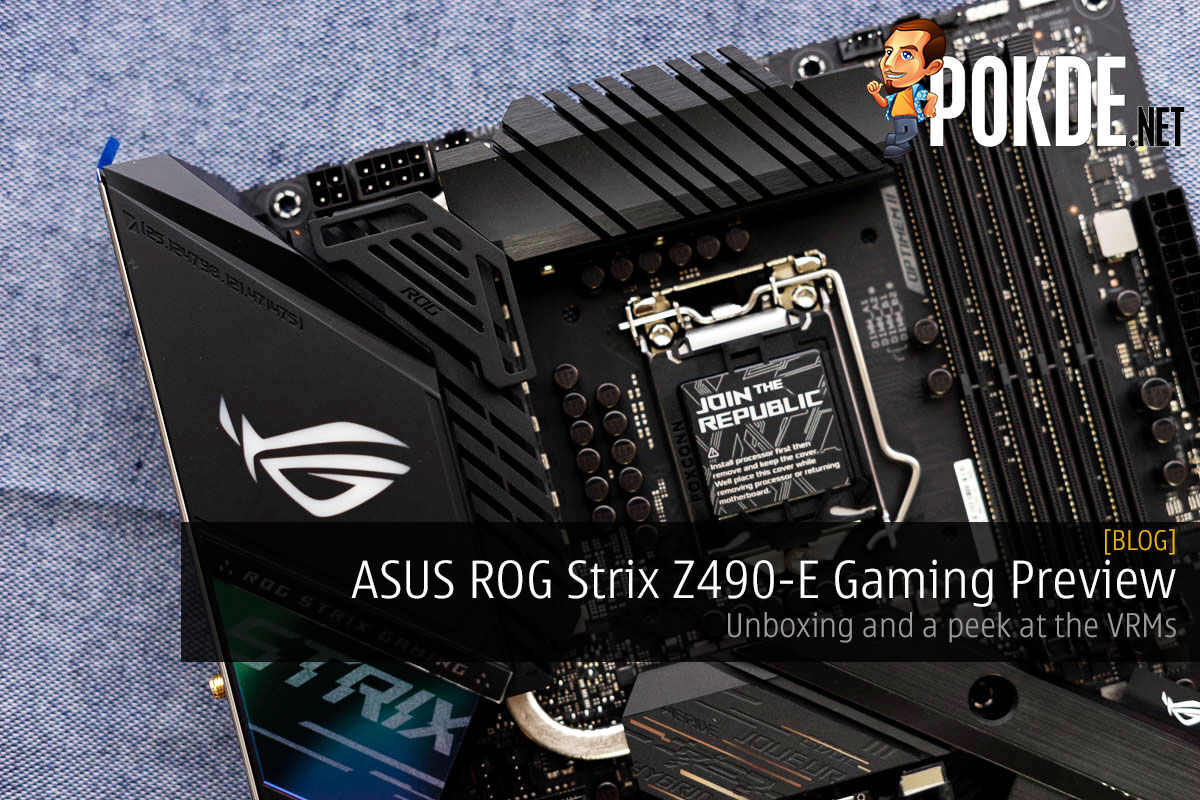
Vrm Heatsink Fan Install Heatsink To
You can get up to a 40 increase in your cooling from this kit which sports a 92mm fan for active cooling of the VRM and memory no your card. Your VRMs, whether single stage or multistage, might require a heat sink in order to stay within the right operating temperature.Simple, but effective this cooling unit is designed for Kraken coolers although not limited to them. It can even lead to unexpected shutdowns, especially when overclocking.30C+ VRM temperature drop for 50 centsfor MSI MotherboardVRMTempretureDropIn This video i have shown how you can install heatsink to your motherboard VRM f.We all know a CPU requires a heatsink in order to stay at a safe temperature, but one supporting component that does not get the attention it deserves is the VRM. A poor VRM can lead to degraded performance and limit a processor’s ability to function under load. Your motherboard’s VRM is a crucial but underappreciated series of electronic components that ensure your CPU or GPU receives clean power at a consistent voltage.
If either type of VRM is designed properly, you won’t need to include undue thermal management measures, unless of course you decide to overclock your GPU. In VRM ASICs, the design of the chip itself determines whether a VRM heatsink is necessary. The VRM Fan was relatively quiet under load, and could not be heard above the case fans.In VRMs built from discrete components, you’ll have some difficulty if you do decide to use a VRM heatsink for temperature regulation.

Note that the MOSFET heatsinks act like the VRM heatsink for thermal regulation.In the example shown above, the top surface of each MOSFET is insulated, so very little heat flows away from the board and an additional heatsink on top of these components is not necessary. You’ll find that the back of the board gets very hot.MOSFETs in a VRM (see the right-hand side of this image). If you expose a computer motherboard and locate the VRM MOSFETs, try turning on the computer and wait for the system to heat up. Most of the heat will accumulate on the paddle, and placing the MOSFET paddles against the board means that the board itself acts like a heatsink. Normally, these boards are soldered to a copper thermal pad, which allows heat to move to the backside of the board through thermal vias.
During assembly, you can place a thermal pad or other thermal interface material (TIM) directly on the copper. One way to do this is to extend the copper thermal pad for the MOSFET to the back side of the board. Where to Put an Additional VRM HeatsinkIf you do need an additional heatsink, where should it be placed? If the MOSFET pads sit against the board, and the back side of the board reaches an unacceptable temperature, then you would want to put a heatsink against the back side of the board. On these, the heatsink is essential, as these VRMs do not use the motherboard as a heatsink. Some modern VRMs are designed so that the heat pads of the MOSFETS are on the top surface, which are primarily used in GPUs.
A multistage VRM already has lower ripple in the output voltage compared to a single-stage VRM running at the same frequency. Multistage VRM Heatsink and TemperatureNote that a multistage VRM has some advantages here beyond the power stability benefits. This will remove heat from the back of the board and dissipate it into the surrounding air.VRM heatsink attached on the back side of a board.Single-stage vs.
Some of these ICs can support 6 stages in a multistage VRM, providing extremely smooth output voltage. This is used in VRMs for some high performance graphics cards and is definitely recommended if you are overclocking your system.Finally, there are some digital and analog VRM controller ICs available on the market. This requires placing a pad on each stage (either on the back of the board or on the top of the component) and connecting a large heatsink across all stages on the VRM. This will cause your single-stage VRM to reach a higher temperature than an equivalent multistage VRM with the same ripple.If you do need to cool each stage in a multistage VRM together, you can use a shared heatsink that spans across all the components.
Vrm Heatsink Fan Full Suite Of
Cadence enables users accurately shorten design cycles to hand off to manufacturing through modern, IPC-2581 industry standard. About the AuthorCadence PCB solutions is a complete front to back design tool to enable fast and efficient product creation. OrCAD PCB Designer and Cadence’s full suite of analysis tools can help you with thermal management in complex layouts to ensure your next product operates as designed.If you’re looking to learn more about how Cadence has the solution for you, talk to us and our team of experts.


 0 kommentar(er)
0 kommentar(er)
